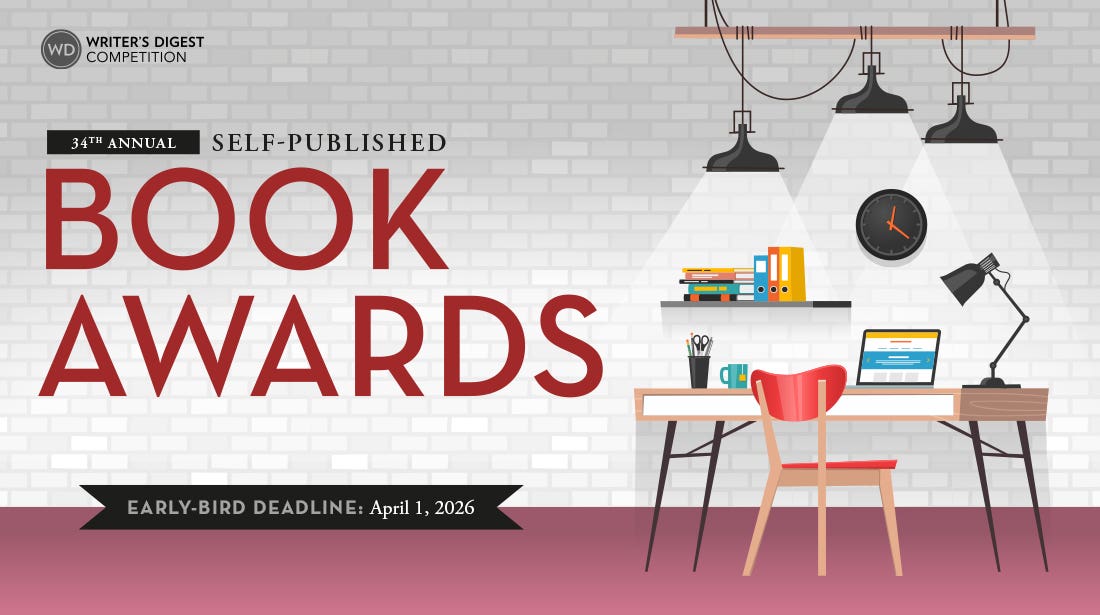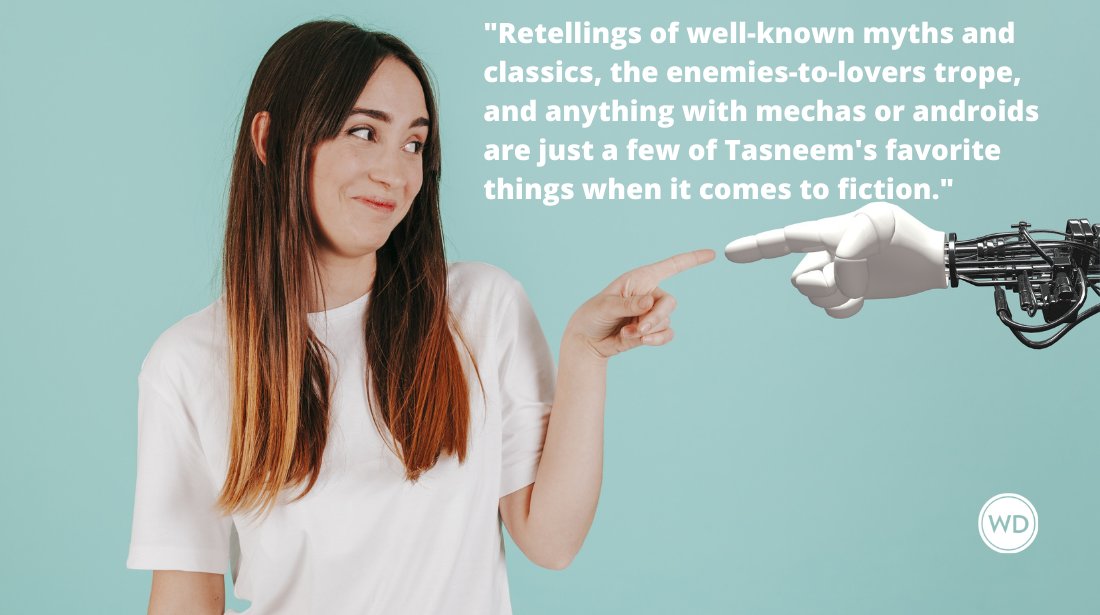Is Hybrid Publishing Right For You?
Are you a bit mystified with the book publishing process? Jennifer Scroggins, executive vice president of the hybrid press KiCam projects, explains what hybrid publishing can do for authors.
Are you a bit mystified with the book publishing process? Jennifer Scroggins, executive vice president of the hybrid press KiCam projects, explains what hybrid publishing can do for authors.
Hybrid, or author-subsidized, publishing is the newest model on the publishing scene, which naturally means it’s mysterious to many authors (and even to some industry insiders).
But don’t let its relative newness scare you away; for many authors, hybrid publishing presents the right combination of options and services they need to get their books to market.
Whether you choose self-publishing, traditional publishing, or hybrid publishing, keep in mind that there is no one right pathway for every author and that, in any model, the author still bears the lion’s share of responsibility for marketing and promoting his or her book.
So, to help you pick the publishing pathway that makes sense for your needs, goals, and resources, let’s take a closer look at the ins and outs of hybrid.
First, a Definition
What exactly is hybrid publishing? The term “hybrid” describes a model in which an author invests in his or her project up front—in lieu of receiving an advance, as in a traditional relationship—and then earns much higher royalty rates on book sales.
In a traditional relationship, an author might receive an 8-10 percent royalty, whereas under a hybrid agreement, royalty rates are more like 60-80 percent on print and digital copies. That higher royalty makes it possible for authors to recoup their investment more quickly (and it certainly incentivizes authors to get serious about marketing, promotion, and sales efforts).
Hybrid contracts allow smaller, independent presses to greenlight more projects by mitigating risk while still providing the expertise and core services a traditional publisher would: editing, design, marketing, and national distribution to trade and library accounts.
Essentially, hybrid publishing is a partnership in which both the author and publisher are fully invested in a book’s success. There are a variety of ways to structure that partnership, so if you’re considering a hybrid press, take advantage of the criteria created by the Independent Book Publishers Association to help you vet whether a particular publisher is indeed going to give you what you’re paying for.
What to Ask Yourself
Is hybrid publishing the right route for you? Consider the following:
- Can you afford the initial investment?
For many authors, the up front expense is simply prohibitive. But before you balk at the price tag, keep in mind that even if you self-publish, you should be spending good money on top-quality editing and professional design. Those services alone are likely to run in the thousands of dollars, so many hybrid publishers are actually no more expensive than self-publishing the right way.
- How much do you know about the publishing industry?
When you publish a book, you become an entrepreneur. Your project is now your small business, so to be successful, you need to learn the industry. Working with a publisher, you have a partner that can help you learn about topics such as metadata, distribution, printing, and promotion—or take certain things off your plate as appropriate. For many authors, a hybrid publisher removes some of the intimidation factor of self-publishing. They help authors figure out what they don’t know, before they learn the hard way.
- How much control do you want over the process?
Most traditionally published authors cede control over their projects. The publisher controls the timeline and the creative aspects of book production, from developmental editing to titling. Of course, all publishers want their authors to be happy! But a traditional publisher—one that has paid its author an advance against royalty—will always win the tiebreaker in the event of a stalemate with an author. In a hybrid relationship, because the author has made the investment and taken the financial risk, most publishers grant the author a higher degree of control. Of course, a self-published author has complete control of his or her process but doesn’t benefit from a publisher’s tools and resources.
- How strong is your author platform?
Do you frequently book speaking engagements? How many social media followers do you have? What about newsletter subscribers and blog traffic? Do you have a built-in audience hanging on your every word? If not, then landing a traditional publishing deal will be tricky. A hybrid relationship, however, can help you grow your platform by using your book as a personal branding tool and leveraging the marketing and publicity services provided by your publisher. When your publisher is handling the details, you’re free to focus on what you do best: sharing your ideas and experiences with the world.
Making the Choice
Every author has different needs, goals, and resources that will determine whether it makes sense to pursue a traditional publisher, partner with a hybrid publisher, or take the self-publishing leap. And choosing one route for one book doesn’t lock in an author to doing the same thing for subsequent projects.
The most important thing is to do your homework about the hybrid publishers you’re considering. Look at their covers and titles. Reach out to their authors. Ask the publisher about national distribution, marketing strategy, and potential bonuses, such as coaching and easy access to editors and staff members who can help you navigate and understand the publishing industry at large.
Hybrid publishing might be relatively new, but it’s an increasingly successful choice for many authors who are excited about the opportunity to combine the best aspects of traditional and self-publishing. Whatever pathway you pick, best of luck to you on your publishing journey!
In WD University's 12 Weeks to a First Draft, you will tackle the steps to writing a book, learn effective writing techniques along the way, and of course, begin writing your first draft. Register today!
About Jennifer Scroggins
Jennifer Scroggins is executive vice president of KiCam Projects, an independent hybrid press that focuses on inspirational stories of survival and recovery. She handles acquisitions, editing, production, and marketing for KiCam, which has published four Benjamin Franklin Award-winning books since the press’s inception in 2015. Learn more at KiCamProjects.com.







